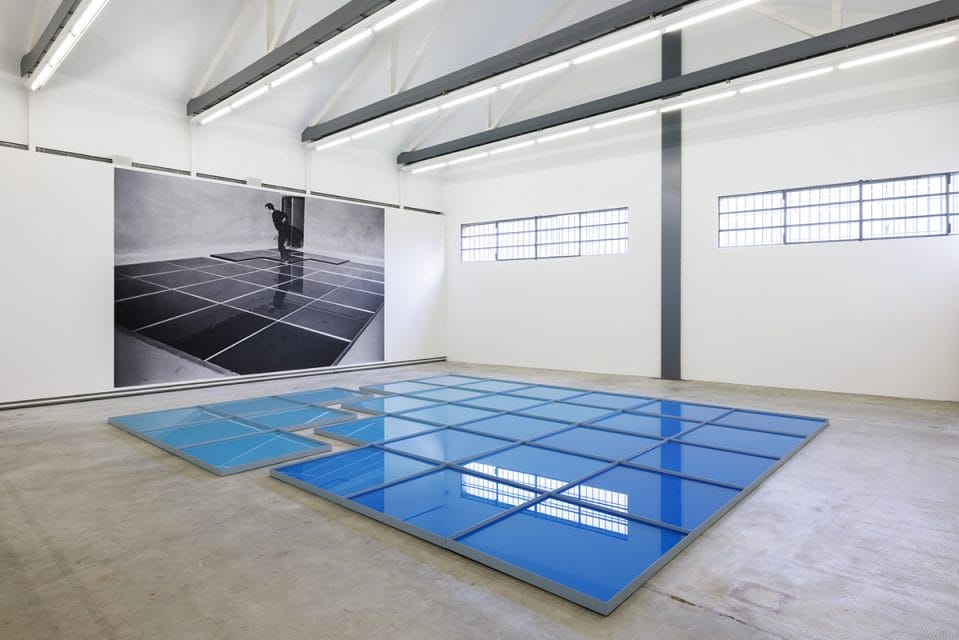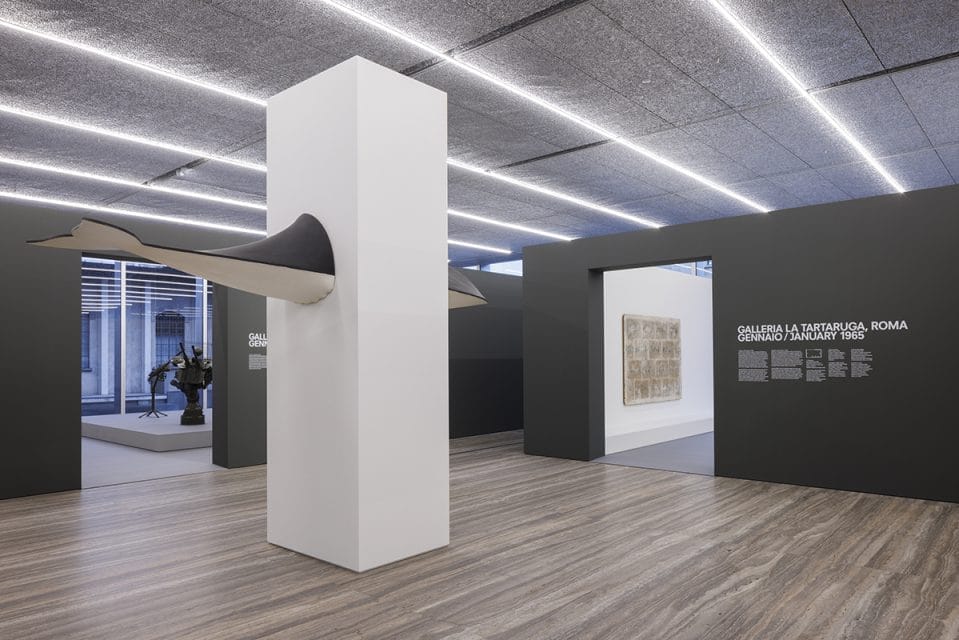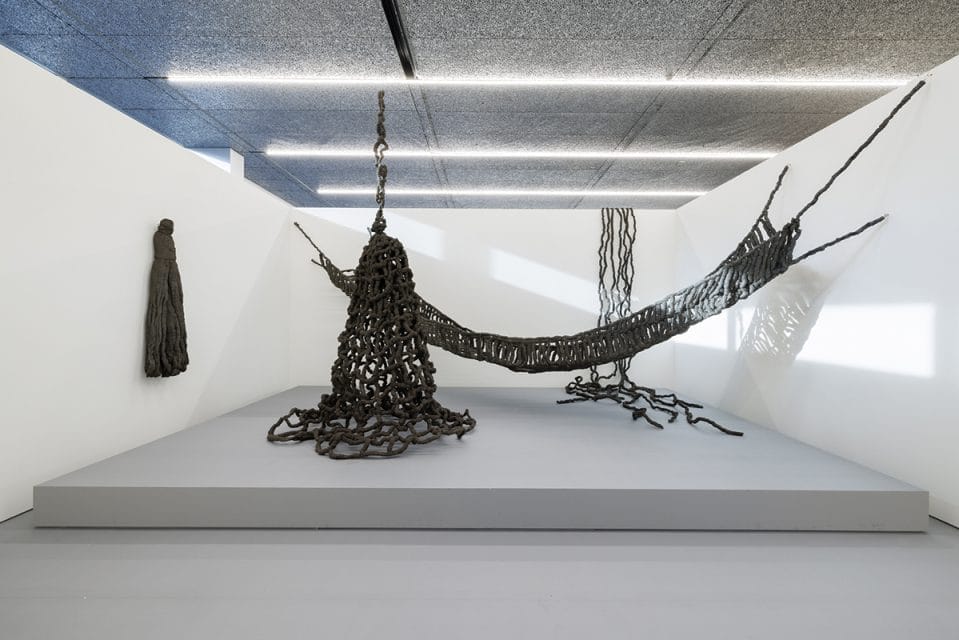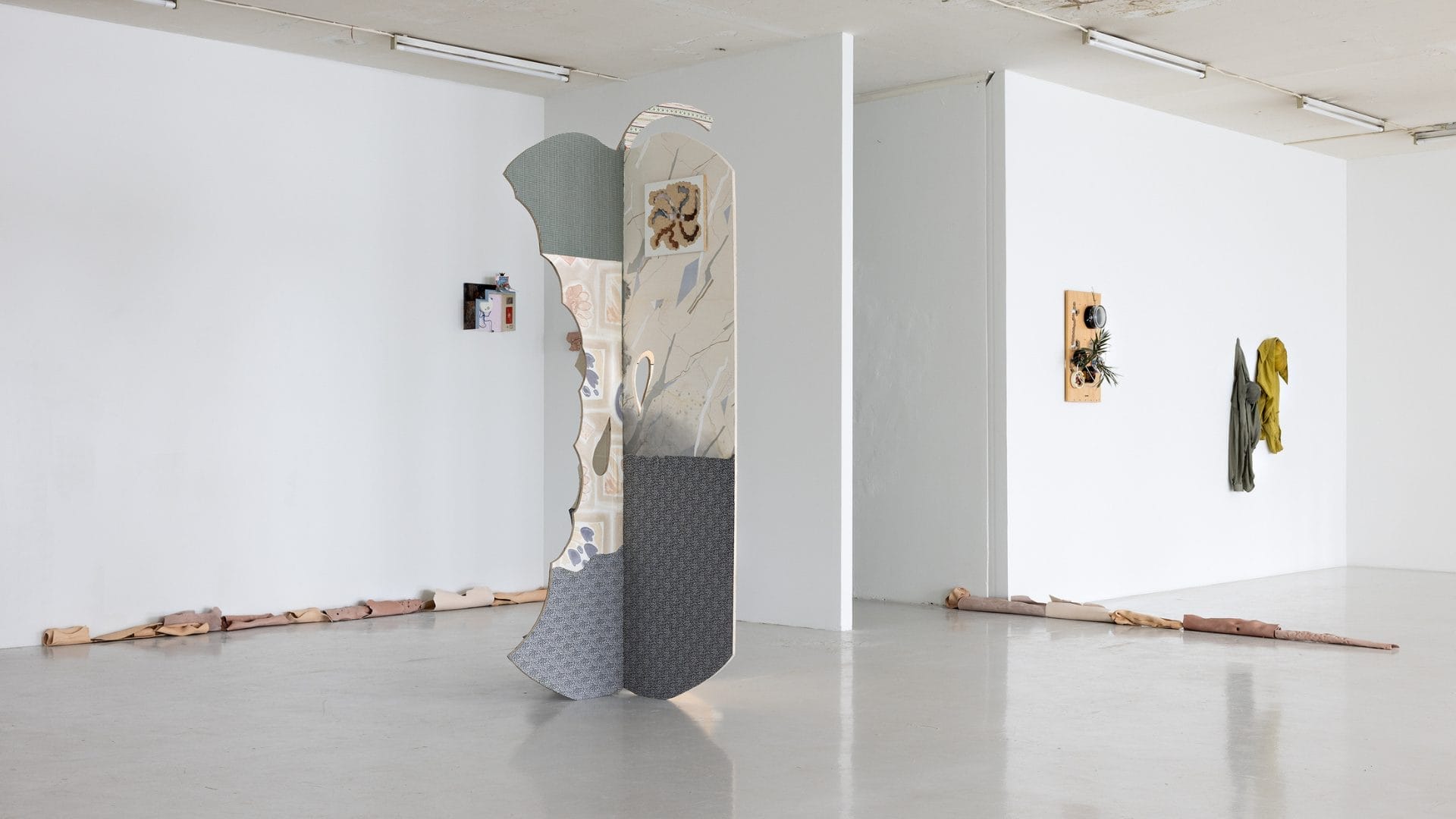
Continuing Revolution: The Legacy of Pino Pascali at Fondazione Prada
The art of Pino Pascali, a lasting journey through innovation and transgression, takes center stage at an extraordinary exhibition at the Fondazione Prada in Milan – Open to visit until September 23rd,2024. This spring season, the institution celebrates the artist from Bari, Italy, with a showcase of fifty of his most significant works, sourced from both Italian and international collections. The Pascali retrospective not only revisits his famous immersive environments and conceptual sculptures but also offers a fresh perspective on his brief yet intense career, tragically cut short at the young age of thirty-three.
Pascali’s Debut
In 1965, Pino Pascali introduced a new concept of art with his first solo exhibition at Galleria La Tartaruga in Genoa, marking the start of a brief but intensely innovative career. In these early exhibitions, Pascali crafted art pieces; transforming exhibition spaces into immersive environments where visitors could physically interact with the installations. These environments, precisely recreated at Fondazione Prada, allow today’s visitors to experience the same sense of novelty and discovery that characterized the original shows of the time. Pascali’s ability to use everyday materials in extraordinary ways is evident in works like the “Bachi da setola,” sculptures made of nylon brushes that challenge traditional perceptions of art. These works not only demonstrate his skill in transforming common objects into art but also engage in social critique, playfully addressing themes of consumerism and nature in ironic and provocative ways.
Pascali’s exhibitions in the 1960s were stages where art became an event, a performance that invited spectators to actively participate rather than just passively observe. This approach helped to redefine the understanding of art as a field where interaction and personal experience are central, a legacy that continues to influence artists around the world.
The exhibition at Fondazione Prada recreates this dynamic and innovative atmosphere, offering a new generation the chance to discover the vitality and creativity of Pascali, underscoring how his work remains relevant and stimulating today. Each recreated environment is not just an exhibition of art, but an invitation to explore, think, and react, just as Pascali would have wanted.

Innovative Materials and Consumerism


Collaborations and Collectives
Within the context of group exhibitions, Pino Pascali emerges as a central figure in Arte Povera, interacting with key artists of the movement such as Jannis Kounellis, Michelangelo Pistoletto, and Alighiero Boetti. These collaborations are crucial for understanding the dynamics and innovation that Pascali brought to the Italian art scene of the 1960s. Fondazione Prada presents a series of these collective works, highlighting how Pascali was able to insert himself into and influence a broader artistic dialogue.
The interaction between Pascali’s works and those of his contemporaries showcases a vibrant art scene, where discarded materials and everyday objects were transformed into powerful expressions of art and social critique. A significant example of this interaction can be seen in the work “One Cubic Meter of Earth,” which, while being a minimalist sculpture, deeply engages with the themes of Arte Povera such as temporality and material decay. This work, like many others featured in the exhibition, serves to underline Pascali’s approach to sculpture not just as an artistic form, but as a medium to explore and comment on the cultural and environmental tensions of the time. Pascali’s participation in significant exhibitions of the time, such as those curated by Germano Celant, reveals his role in the evolution of contemporary art and his ability to remain relevant in a context of rapid cultural and social change. The section of the exhibition dedicated to collaborations thus offers a unique window into how Pascali’s ideas were both personal and participative, immersed in an ongoing dialogue with other artists.

The Interaction between Art and Photography
These photographic sessions reveal how the artist perceived art as an ongoing dialogue between the creator, the work, and the observer, with photography acting as a visual mediator capable of altering and amplifying the meaning of the works. A notable example is the series of photographs of “32 Square Meters of Sea,” where Pascali used water to create illusions of space and depth. The images not only document this installation but also invite reflection on the hallucinogenic properties of water and its ability to radically transform the perception of artistic space. In addition to documenting moments of creativity, these photographs were used by Pascali to explore themes such as transience and illusion, central elements in his art. Through the lens of the camera, Pascali’s sculptures gain new life, revealing levels of meaning that extend beyond their physical presence. The interaction between Pascali and his photographers was not limited to mere recording of events; it was an extension of his work that allowed experimentation with form, movement, and light. These collaborations enabled his works to be seen from constantly different perspectives and helped to solidify his status as an innovator. Through thematic sections, the exhibition not only pays tribute to Pascali’s genius but also offers a unique opportunity to appreciate the breadth and depth of his impact to this day.
fakewhale
Founded in 2021, Fakewhale advocates the digital art market's evolution. Viewing NFT technology as a container for art, and leveraging the expansive scope of digital culture, Fakewhale strives to shape a new ecosystem in which art and technology become the starting point, rather than the final destination.
You may also like
Océane Bruel & Dylan Ray Arnold at Lämpimästi: Swallowed Rooms.
There’s a peculiar sensation that arises only in certain moments: when you enter a room that doesn
Fakewhale Solo Series presents Cathédrales Modernes by Chepertom
On Wednesday, May 15th, Fakewhale proudly presents “Cathédrales Modernes”, a Fakewhale Solo Ser
Visual Detachment x Verse: Retina Misconceptions Allow Boundless Medium
On March 25th, 2025, Visual Detachment returns exclusively at Verse with a new Fakewhale Gallery for




